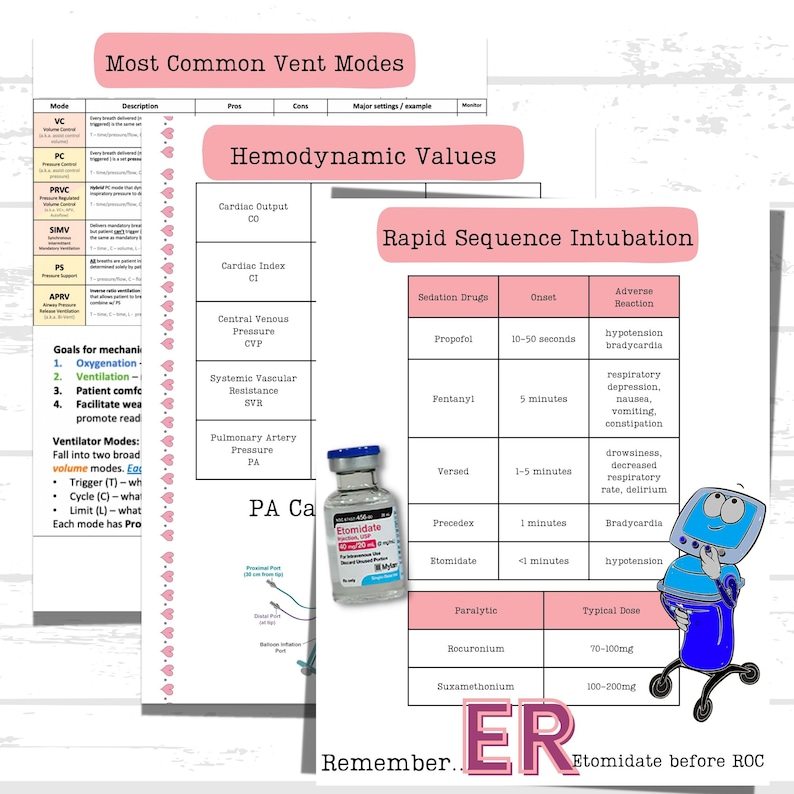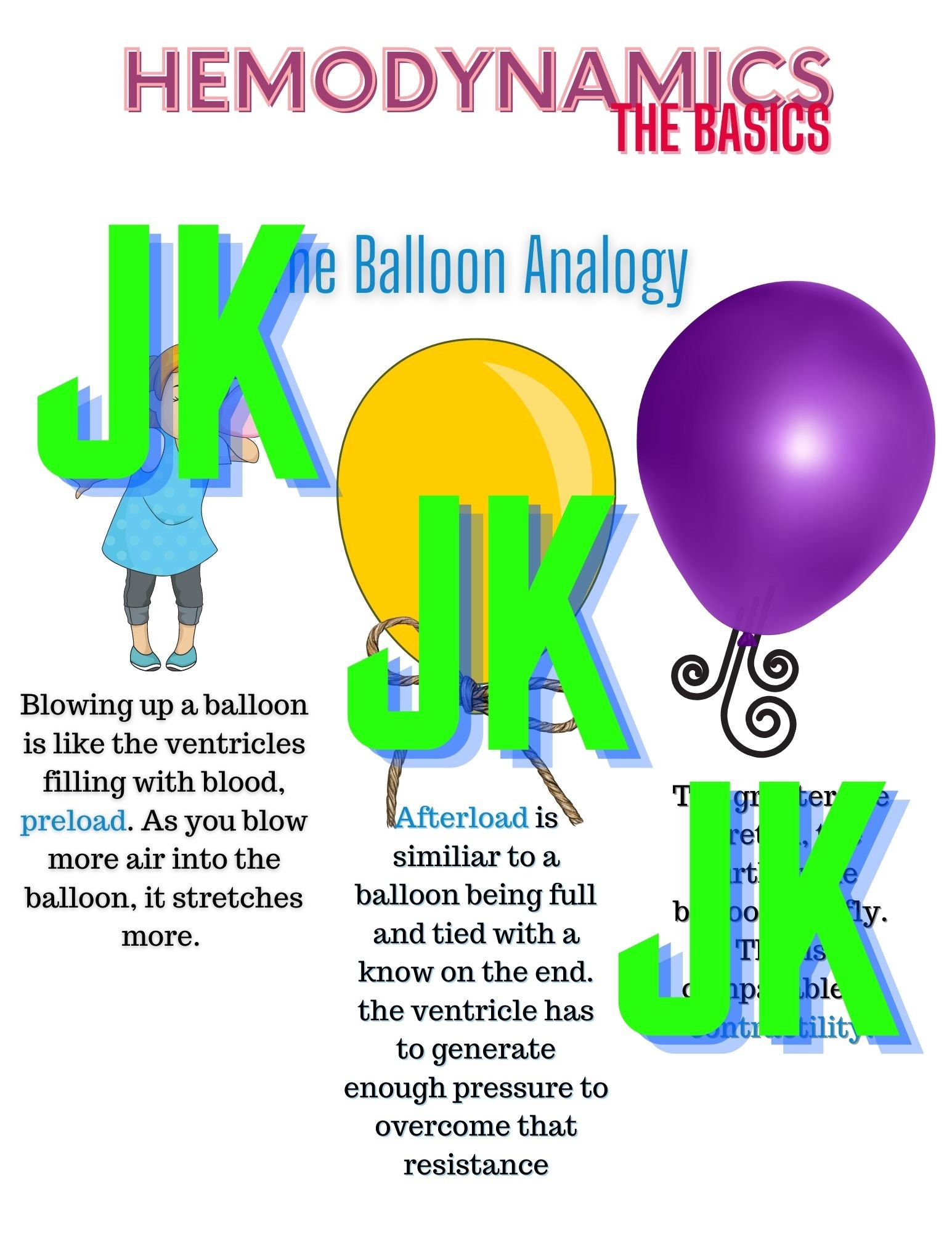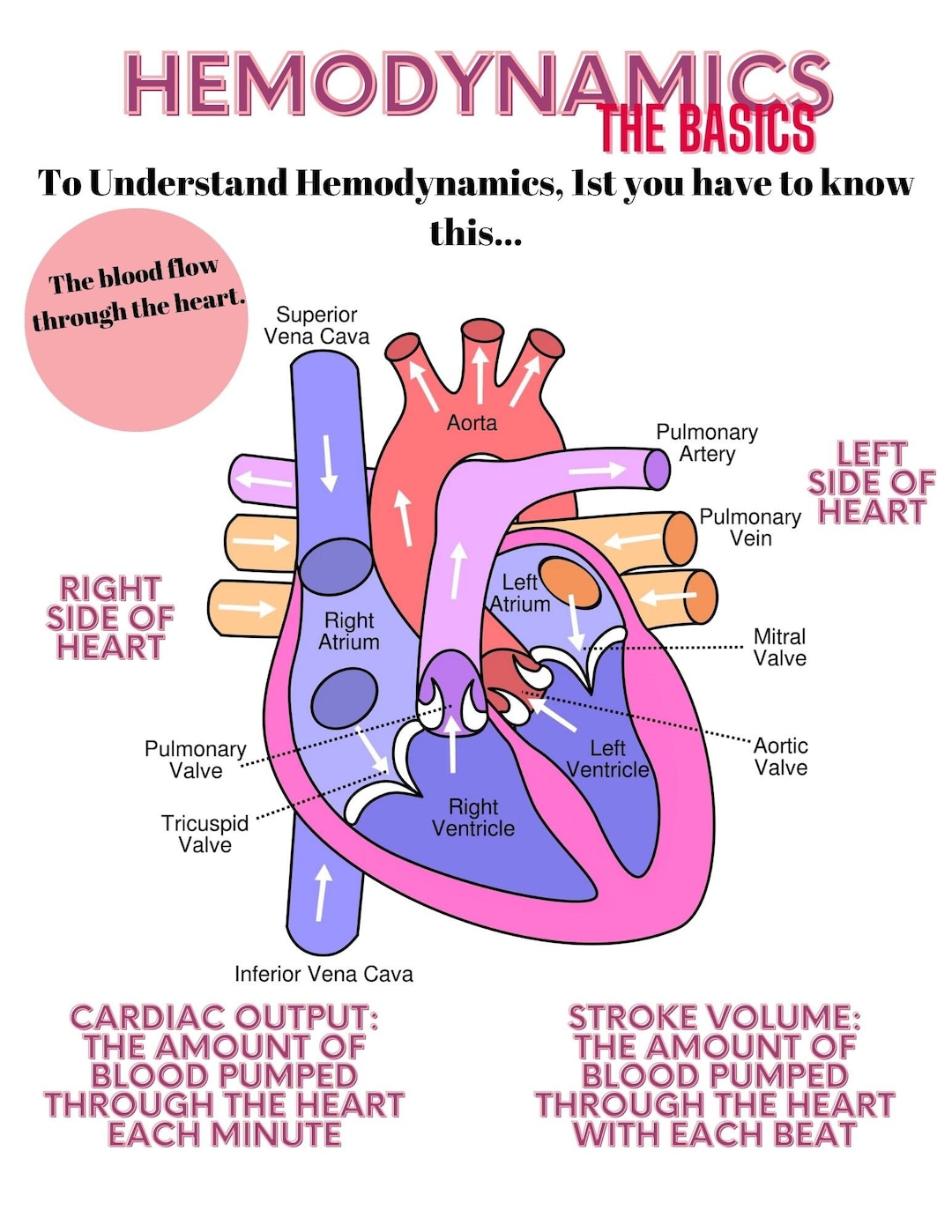
hemodynamic monitoring College Nursing, Nursing School Studying
Quality/Patient Safety. Renal. Sepsis. Staffing. Titration. Well-Being. View All Resources. Hemodynamic measurements must be accurate to ensure safe patient care and management. Learn important concepts related to invasive and noninvasive monitoring.

ICU Cheat Sheet ICU Reference Guide ABG Hemodynamics Etsy
Hemodynamic stability is a requirement for any treatment plan, especially surgical procedures. Stable vital signs—such as blood pressure, heart rate, and oxygen saturation—are generally a sign of adequate perfusion. When a patient is hemodynamically unstable, there's a higher risk of inadequate perfusion leading to organ failure, tissue.

My Level 1 Sheet covering Normal hemodynamics Pulse Pressure Cardiac
Establish the zero level and balance transducer. Confirm the scale of the recording. -40 mmHg for RHC, 200 mmHg for LHC. Collect hemodynamics in a systematic method using established protocols. Critically assess the pressure waveforms for proper fidelity. Carefully time pressure events with the ECG. Review the tracings for common artifacts.

Hemodynamics! This is absolutely fabulous. Medical school inspiration
Hemodynamics is concerned with the mechanical and physiologic properties controlling blood pressure and flow through the body. A full discussion of hemo-dynamic principles is beyond the scope of this book. In this chapter, we present an overview of basic principles that are helpful in understanding hemodynamics. 1.

Hemodynamics Basics. Nurse Cheat Sheet Nursing Student Notes Etsy
Hey guys, my name is Brad and welcome to nursing.com. And in today's video, what we're going to be doing is we're going to be discussing hemodynamics. Some of the more advanced cardiac hemodynamics surrounding cardiac output, preload, afterload, stroke volume, contractility, a lot of these fun, ambiguous words that we're going to bring some.

Pin on Nursing
Intra-aortic balloon pumps are an important and widely used method of invasive hemodynamic support. This ICU OnePager explains how they work & the effect on the patients physiology. It also covers important concepts like augmentation, triggers, and timing. Current version 1.0 (originally posted 2022-05-05).

Pin on heart
The main purposes of hemodynamic monitoring are: to maintain adequate perfusion of the internal organs. early identification of preventable complications and life-threatening conditions (e.g., heart failure) to guide course of treatment and administration of fluids. to accurately determine the effectiveness of therapeutic interventions.

Nursing School Studying, Nursing School Notes, Nursing Study
The pH of blood is a measurement of the concentration of hydrogen ions in the plasma. Normal range: 7.35 - 7.45 (mean 7.40) If a patient's pH is below 7.35, the patient is experiencing acidosis. If a patient's pH is above 7.45, the patient is experiencing alkalosis.

Hemodynamics Cheat Sheet
Normal cardiac output is between 4-8 L/min. However, there is no absolute normal cardiac output, only an adequate or inadequate. Cardiac output (CO) is calculated by multiplying the heart rate (HR) by the stroke volume (SV). CO =HR X SV. Cardiac index (CI) is the cardiac output adjusted for body surface area.

Nursing KAMP The Nurses Notes on Nursing » Cardiac Assessment Nurse
Hemodynamic Monitoring: Overview and Practice Questions. Hemodynamic monitoring is an essential practice for assessing patients' cardiovascular health, especially in critical care settings. It involves real-time blood pressure measurements within the heart and blood vessels, alongside other parameters like cardiac output and oxygen delivery.

Hemodynamics Basics. Nurse Cheat Sheet Nursing (Download Now) Etsy
Hemodynamics. The study of forces involved in blood circulation. It is used to assess cardiovascular function in critically ill or unstable clients. The goal of using hemodynamics is to evaluate cardiac and circulatory function as well as evaluate response to interventions. Hemodynamic Parameters Heart rate.

Pin on Cardiology
CCRN and TCRN Hemodynamics. Preload is volume measured by CVP (right) and PAOP (left). Afterload is pressure measured by PVR (lungs) and SVR (body). Afterload (SVR) is low only in distributive shock (neurogenic, anaphylaxis, sepsis). Cardiac index is cardiac output divided by BSA (2.5-4.0). Hypovolemic shock -High HR and SVR; replace fluids.

Cardiovascular meds and their hemodynamic effects!! Emergency nursing
Hemodynamics can be tough. . . simply because there are so many interdependent factors that a nurse needs to know. In this episode, I share some of the KEY parameters the nurse should know as well as provide a free download of a hemodynamics cheat sheet. Free Download: Hemodynamics Cheat Sheet

Preload Increased or Decreased it is acute and must be address or
Hemodynamic Parameters Cheat Sheet. notes. Course. Med surg (241) 253 Documents. Students shared 253 documents in this course. University Jersey College Nursing School. Info More info. Academic year: 2021/2022. Listed book Brunner and Suddarth's Textbook of Medical-Surgical Nursing. Uploaded by:

Hemodynamic cheat sheet Nursing Pinterest Cheat sheets
Normal ranges for 49 hemodynamic parameters. Equations for computing parameters, where applicable. Normal lab values for hematocrit (Hct) and hemoglobin (Hgb) values for men and women, as well as adult lactate values. Physio-relationship graphic for preload, afterload, and contractility. Quick-reference graphic for transpulmonary thermodilution.

Hemodynamics Basics. Nurse Cheat Sheet Nursing (Download Now) Etsy
Viewing Study Tools Requires a Membership. 55% of NURSING.com users are visual learners, and 35% stop using their textbooks altogether. Start Free Trial.